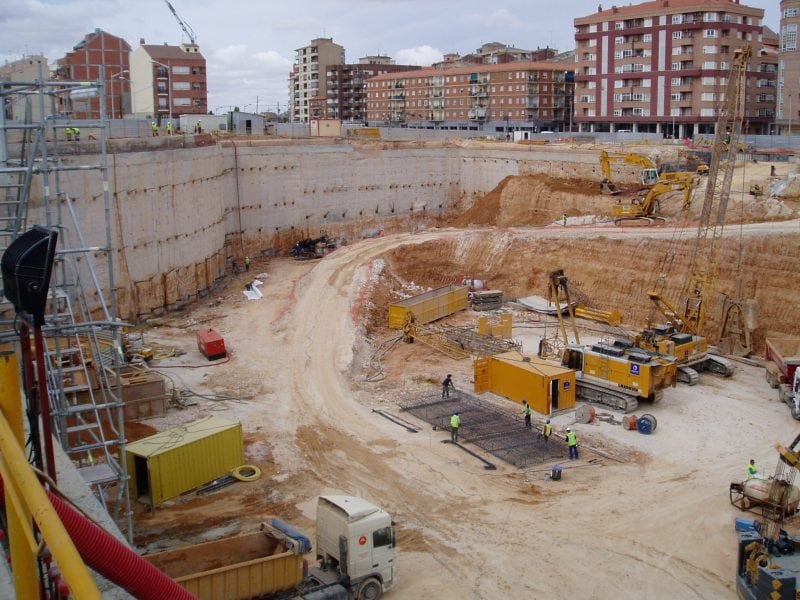Anchors
Ground anchors (both temporary and permanent) are a technically and economically competitive solution, because they facilitate the process of bracing and reduce the execution time of the works, providing a high level of security thanks to the technical development experienced in recent decades. Ground anchors are principally designed to absorb tensile forces. To perform this task, the anchors are divided into four parts:
- The bulb: transmits tensile stress to the ground thanks to bulb-ground friction.
- The free extension zone: situated between the anchorage zone and the head of the anchor, and where no forces are transmitted to the surrounding ground allowing the bulb to be situated in stable ground levels, outside of areas of slippage.
- The anchor head: that connects the structure (mainly diaphragm walls) and must fully absorb the tension of the reinforcement.
- Anchor reinforcement: transmits the tension from the head to the bulb, passing through the free extension zone.

